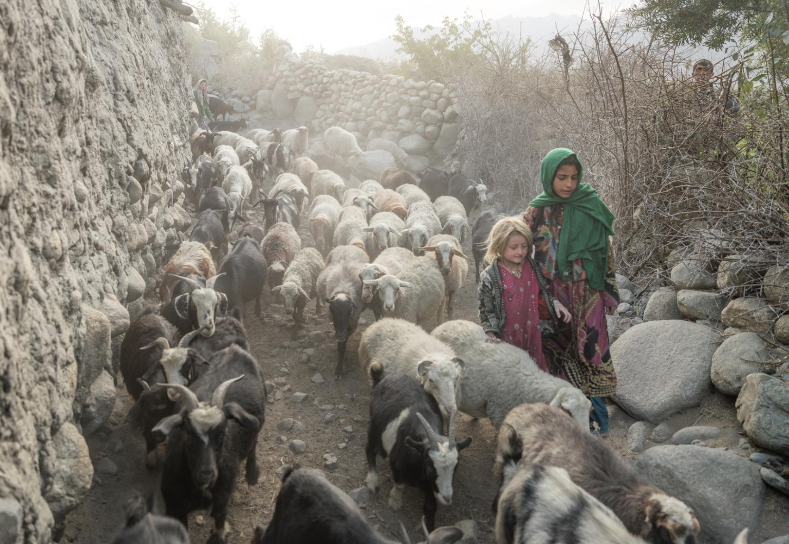The Wakhan corridor of Afghanistan is one of the remotest inhabited landscapes on Earth. An extension of Badakhshan Province, it juts some 200 miles between Tajikistan and Pakistan to touch the ice-capped ramparts of western China. Drawn by Russia and Britain as a buffer zone to separate their Asian empires in the 19th century, the corridor -- marooned by rugged geography, geopolitics, and time -- endures as a forgotten appendage of Afghanistan. About 17,000 farmers and nomads still live in its medieval pastures and rock-walled hamlets. It was my exit ramp to South Asia.

My Afghan memories cartwheeled among armed men in Hilux pickup trucks and the concussions of 500-pound bombs dropped by American B-52s. Walking through the war, I had stepped unconsciously around the domes of silence that always encased the newly dead. By contrast, the Wakhan corridor -- poor, utterly isolated, and shielded from violence by the Hindu Kush -- seemed an oasis of peace. We hiked unafraid through fields of ripe wheat where men drove teams of oxen in circles, threshing sheaves in biblical fashion. Antique waterwheels milled their flour. The local Wakhi farmers were easygoing Ismailis, and the women went about unveiled. The farmers stacked the magnificent horns of wild Marco Polo sheep at sacred springs. Snow leopards, not militants, patrolled the snow peaks. Nobody carried guns. It was rural Afghanistan as it should be.












